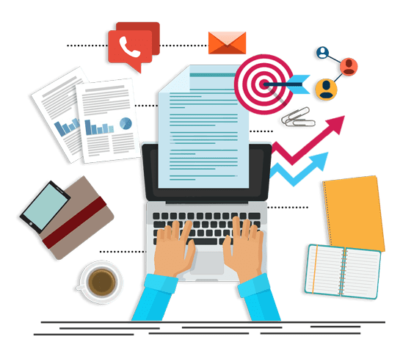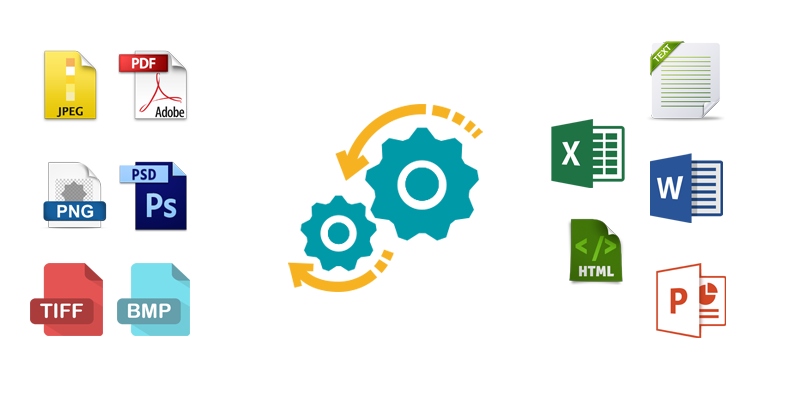
Data Entry Services
Outsource Data Entry India is a premier provider of data entry services, offering customized data entry solutions for businesses and organizations of all sizes around the globe. With an unwavering commitment to speed, reliability, accuracy, and cost-effective solutions, we have established ourselves as a trusted partner for companies seeking to streamline their data management processes. As demand for data entry outsourcing continues to grow, we stand out in the industry by delivering precise and efficient solutions tailored to our clients’ needs.
Located in one of India’s most technologically advanced hubs, Outsource Data Entry India leverages the expertise of highly skilled professionals trained in handling complex data entry tasks. With experience across diverse industries, including the public and private sectors, our team ensures each project is completed with the utmost attention to detail and precision. By combining cutting-edge technology with expert staff, we provide unmatched value that helps our clients achieve their business goals.

Data Processing
When it comes to data entry, Outsource Data Entry India is one of the best firms. ODEI has a team of competent and devoted personnel at your disposal to ensure you get only the best solutions. Outsource Data Entry India provides high-quality services at a cost that’s affordable. We also work around the clock to ensure that your project is delivered on time, even if it is ahead of deadline. Our data entry support systems are fairly unique and extensive, and you can always expect high-quality work from us.

Data Conversion
Data conversion service is the process of converting data from one format to another. Many businesses require this service in order to run regularly, fulfill their corporate goals, and carve out a niche in the competitive business world. Outsource Data Entry India is a reliable organization that provides a variety of data conversion services.

Data Extraction
Outsource Data entry India tailors its data mining services to supply purchasers with the relevant information from the right website or web pages in the shortest time feasible for all of their data entering needs. This is required since information to match a certain segment of the market for company operation is frequently diverse and cannot be obtained from a single source. The main service we offer is data mining on websites and web pages.

Scanning services
Have you been seeking a reputable firm to outsource document scanning services? Then look no further because Outsource Data Entry India guarantees to give all data scanning required to make your organization more effective by providing you with 100% quality services. We provide a variety of Outsourcing document scanning services, and our highly skilled staff are properly educated to assure the best level of service delivery. We can meet all of your demands, whether you are a small or large organization, because we manage bulk document scanning.
Why Outsource Data Entry Services to Outsource Data Entry India?
Outsource Data Entry India is rapidly becoming the preferred choice for businesses worldwide when it comes to data entry outsourcing. Our focus on speed, accuracy, reliability, and affordability makes us the ideal partner for businesses seeking efficient and cost-effective data entry services.
Our team comprises experts in various areas of data entry, including data entry conversion, document scanning services, data mining, data processing, and many other data-related services. Each specialist is trained in the latest tools and technologies, ensuring that we can deliver the most up-to-date and effective solutions for our clients.
The Benefits of Data Entry Outsourcing to Outsource Data Entry India:
Reduced Costs: Outsourcing your data entry services to Outsource Data Entry India helps you reduce labor costs and eliminate overhead expenses associated with maintaining an in-house team. This allows you to redirect resources towards other important areas of your business, without the additional costs of benefits, training, or office infrastructure.
Scalability: Whether you have a small-scale data entry job or a large, complex data entry conversion project, our services are designed to scale. We provide the right expertise and staffing levels to match the specific requirements of your project, helping you stay cost-efficient while meeting deadlines.
Expertise: At Outsource Data Entry India, data services are our core focus. This specialization allows us to offer superior expertise and the latest technologies that many companies can’t match. Our experience in handling a variety of data entry tasks ensures top-notch quality and consistency in every project.
Convenience: Our data entry specialists are available around the clock to provide exceptional service, regardless of your time zone or location. We can work with virtually any data format and deliver your data in any format you require, making the process as seamless as possible.
What Outsource Data Entry India Can Do For You:
In a competitive market for data entry outsourcing services, Outsource Data Entry India differentiates itself with its flexibility and responsiveness. We are capable of handling projects of any size—whether large or small—and offer tailored solutions to meet your specific needs. From simple data entry tasks to complex conversions, we ensure quality results every time.
By leveraging our experience, expertise, and cutting-edge technology, we can streamline your data management processes, reduce operational costs, and increase your efficiency. To learn how we can make your business more competitive and help you achieve your goals, contact us today.
Get In Touch Now
What Our Clients Say
Excellent work by Jignesh and his team. We provided them with a list of link prospects, and they worked thro them. Will certainly use again
They created exactly what we wanted. Their work is excellent and I highly recommend their services
They are real asset for any company. The work quality is fantastic & I received error free work. Highly recommended for their work.
Start Your Free Consultation
We have simplified outsourcing. We provide cost-effective, highly- skilled staff for many diverse businesses in different industries around the globe – and we have the perfect solution for your company too!





